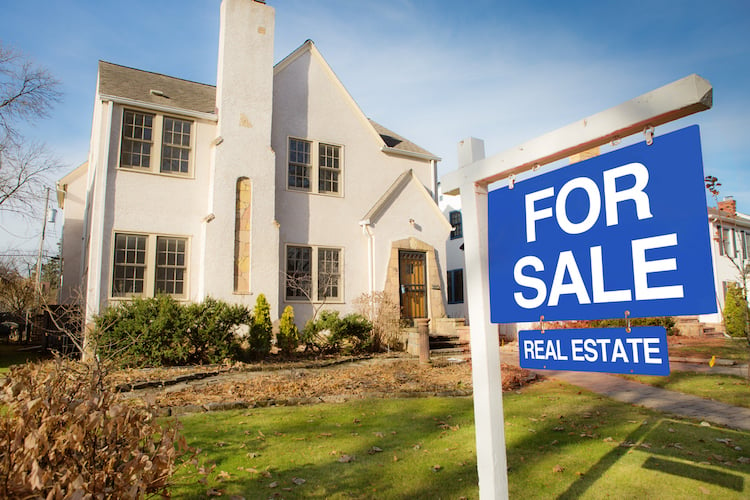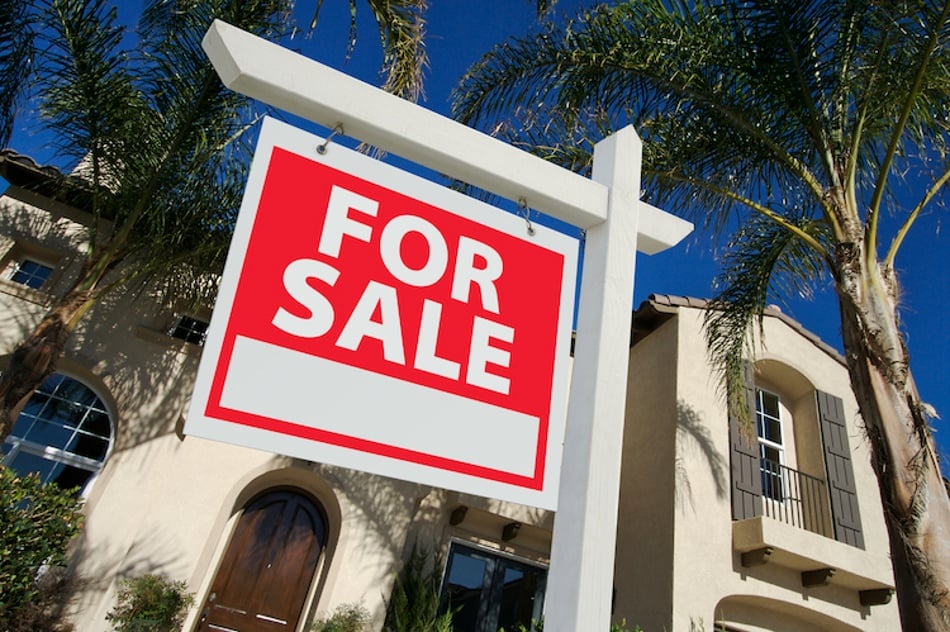When filing a joint tax return, homeowners selling a primary residence may qualify to exclude up to $250,000 of the gain from income or up to $500,000 of the gain.
While there are many benefits to owning rental property, receiving a capital gains tax exclusion isn't one of them. Instead, real estate investors must pay tax on capital gains when a rental property is sold.
We'll discuss ways to sell rental property to buy a primary residence, including options for raising money for a primary residence while still retaining your rental property to keep enjoying the recurring income and tax benefits.
Key takeaways
- Home prices have dramatically increased in many real estate markets over the past several years, providing buy-and-hold investors with significant accrued equity.
- Selling a rental property for a profit to buy a primary residence can result in a hefty capital gains tax hit for investors and depreciation recapture tax.
- Capital gains tax rates are 0%, 15%, or 20%, depending on an investor's tax-filing status, while depreciation recapture is taxed as ordinary income, up to a maximum rate of 25%.
- While some investors may decide to face the music and pay the taxes, others opt to keep their rental properties and tap into equity to raise cash for the down payment on a primary residence.
Tax consequences of selling a rental property
Over the past 5 years, home values in the U.S. have soared by nearly 60%, according to Zillow (through March 31, 2022). So while buy-and-hold real estate investors may realize significant profits when they sell, selling a rental can also create a significant capital gains tax liability.
For example, assume an investor purchased a home 5 years ago for $212,000. If the home is sold today for $337,000, the taxable capital gain would be $125,000 (before deductible expenses, such as closing costs and a sales commission).
Tax rates on long-term capital gains are 0%, 15%, or 20%, depending on tax-filing status and taxable income. For example, a married couple filing a joint tax return and earning taxable income between $80,801 and $501,600 would pay a 15% tax on capital gains.
So, if the couple sold a rental property for a gain of $125,000, the capital gains tax liability would be $18,750, plus any state capital gains tax. In addition to capital gains tax, there is also a depreciation recapture tax capped at 25%.
Fortunately, there are several methods for selling rental property to buy a primary residence that may offer the opportunity to reduce your capital gains tax liability.

How to sell a rental property to buy a primary residence
Here are 3 options for selling a rental property and buying a primary residence. As always, it’s a good idea to consult with your financial advisor or tax professional when selling or buying because everyone’s situation is unique.
Sell and take the tax hit
The first and easiest option, although perhaps the least preferable, is to sell the rental property, pay any taxes owed, then use the remaining money to purchase a primary residence.
Here’s a hypothetical example to illustrate what the tax impact might be when selling a rental property. We’ll assume the investor is married, filing a joint tax return has a taxable income of $300,000 per year, and pays a federal income tax rate of 24%:
- Original purchase price: $212,000
- Sale price: $337,000
- Capital gain: $125,000
- Capital gains tax: $125,000 x 15% = $18,750
- Cost basis for depreciation: $200,000
- Depreciation expense over 5 years: $36,364 ($200,000 cost basis / 27.5 years x 5 years)
- Depreciation recapture tax: $36,364 x 24% = $8,727 (based on taxpayer’s income bracket, taxed up to a maximum of 25%)
- Total potential tax liability: $18,750 + $8,727 = $27,477
- Remaining funds to purchase a primary residence: $125,000 - $27,477 tax liability = $97,523
The potential tax liability doesn’t include adjustments, such as expenses for selling the property or state taxes on capital gains. While selling and paying taxes may not be preferable, it is arguably the most straightforward option for selling a rental and buying a primary residence.
Convert rental to primary residence
An investor who has a rental property with a significant amount of equity may consider converting the rental into a primary residence and then selling later. Doing so will allow an investor to claim the home sale exclusion on capital gains of $250,000 for an individual and $500,000 if filing a joint return, subject to certain limitations:
- The rental must be occupied as a primary residence for at least 2 years before selling and claiming the home sale exclusion.
- The capital gains exclusion is reduced pro rata for the amount of time the home was used as a rental. For example, assume a home was purchased for $212,000, used as a rental for 5 years, then occupied as a primary residence for 3 years. After 8 years, the property is sold for $400,000, creating a capital gain of $188,000. Because the home was used as a rental for 5 out of 8 years, 62.5% (5 years / 8 years) of the capital gain is taxed.
- Depreciation expenses deducted from net operating income (NOI) when the property was used as a rental is recaptured and taxed at an investor’s ordinary income tax rate, up to a maximum of 25%.
Converting a rental property to a primary residence also results in the loss of tax deductions, such as maintenance and repairs, landlord insurance, and homeowner association (HOA) fees, not to mention the loss of rental income.
Use rental property equity to buy a primary residence
Another way to buy a primary residence is to tap into accrued equity out of the rental property instead of selling. Turning equity into cash may give you the best of both worlds by allowing you to hang on to the rental property, collect rental income, and claim tax benefits, while using the money pulled out for the down payment on a primary residence.
There are several ways to use the equity in a rental property to buy a primary residence:
Cash-out refinance
This option replaces the current loan with a larger loan, with the difference taken out in cash. For example, if the current property value is $400,000 and the mortgage balance is $100,000, an investor may be able to pull out up to $200,000 in cash:
- $400,000 current market value x 75% = $300,000 maximum new loan amount
- $300,000 new loan - $100,000 existing loan payoff = $200,000 equity turned into cash
Home equity loan
A home equity loan is a second mortgage based on the equity in the property. As a rule of thumb, lenders allow up to 80% of the property value to be borrowed across both the first and second mortgage:
- $400,000 current market value x 80% = $320,000 loan amount
- $320,000 - $100,000 current mortgage balance = $220,000 maximum home equity loan amount
While that percentage is slightly greater than with a cash-out refi, fees and interest rates on a home equity loan may also be higher. Taking out a home equity loan on a rental property to buy a primary residence also means you will now have 3 monthly mortgage payments: 2 on the rental property and one on your new primary residence.
Home equity line of credit
A home equity line of credit (HELOC) offers an alternative to refinancing or taking out a second mortgage. Instead of taking out a lump sum of cash at one time, a HELOC allows you to tap into the accrued equity of your rental property when and in the amount you choose, similar to the way a credit card works.
HELOCs typically have a draw period of 10 years, during which you can access funds. In addition, many lenders offer the option of making interest-only payments during the draw period, providing you with extra cash to decorate, furnish, and update your new primary residence.
After the draw period ends, withdrawals can no longer be made, and any outstanding HELOC loan balance must be repaid with monthly principal and interest payments.
Final thoughts
Selling rental property to buy a primary residence can result in a large portion of your sales profits being taxed as capital gains. Instead of selling your rental property, you could choose to hang on to it and pull out equity with a cash-out refinance or home equity loan product to raise money for the down payment on a primary residence.
If you decide to sell, consider listing your rental property for sale on Roofstock. The Roofstock Marketplace is a great listing platform that attracts buyers worldwide looking for good single-family rentals and small multifamily buildings to purchase.









